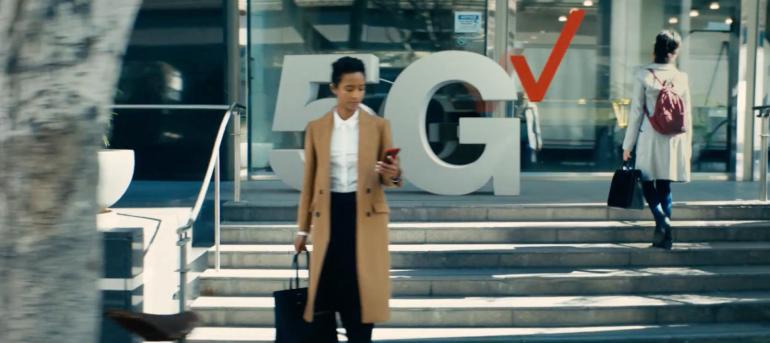Verizon has touted its nationwide 5G network, but recent tests show most customers are better off with the company’s 4G.
Verizon made headlines when it debuted its nationwide 5G network, coinciding with the iPhone 12 launch. Verizon had previously focused almost entirely on its high-band, mmWave 5G network, which the company calls “Ultra Wideband.” While offering the fastest speeds, mmWave is notoriously short-ranged and provides poor building penetration. As a result, it is only suitable for the most densely populated city environments, where repeaters and base stations can be placed every couple of hundred meters.
Verizon was the last of the three US carriers to roll out a nationwide 5G network, using low-band spectrum to provide the long-range coverage needed. The reason Verizon was late to the nationwide 5G party was because its low-band spectrum is tied up by its 4G LTE network. Unfortunately, because 5G has not yet achieved widespread adoption, Verizon cannot simply repurpose the spectrum for 5G.
To solve this issue, the company is using Dynamic Spectrum Sharing (DSS). In essence, the technology shares the spectrum, switching back and forth between 4G and 5G, depending on what type of device is connected to the tower.
The use of DSS appears to be the problem, however, according PC Magazine’s Sascha Segan:
If you don’t have any dedicated channels, DSS lets you use the odds and ends of your unused 4G channels for 5G. The 4G and 5G phones compete for the same 4G channel. The only difference is that the 5G ones are running the 5G encoding system on that channel. There are non-speed advantages to DSS—or there will be in the future, once carriers go to standalone 5G systems—but right now, you’re just getting slower performance.
In our most recent tests, we found that DSS 5G is seriously holding back both iPhones and Android phones. We compared a OnePlus 8 using DSS 5G with a Samsung Galaxy S20 FE on 4G, and we then ran tests on an iPhone 12 Pro toggling between 5G and 4G at the same locations. In both cases, DSS 5G turned in worse results than 4G LTE.
In fact, the results were so bad that Segan recommends turning off 5G altogether, unless a person lives in an area covered by Verizon’s “Ultra Wideband.”

